La personalización de...
Matters needing attention and skills for tin box spot color printing
In order to improve the design and quality level of printed products, tin box factories often use spot color inks when printing trademarks, packaging, and promotional materials to ensure the color consistency of printed products and meet customer requirements. Then follow the tin box packaging factory. Discuss with you the causes of color difference in tin box printing spot color inks.
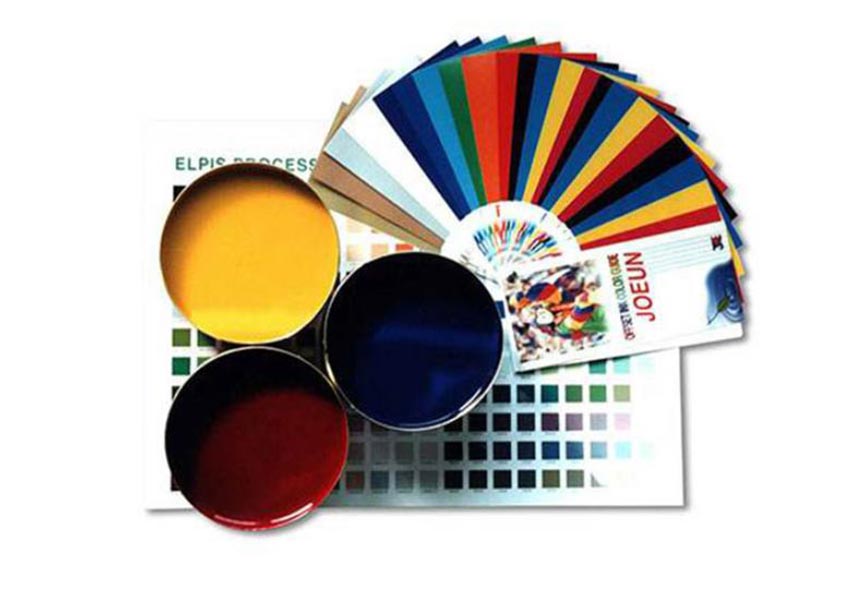
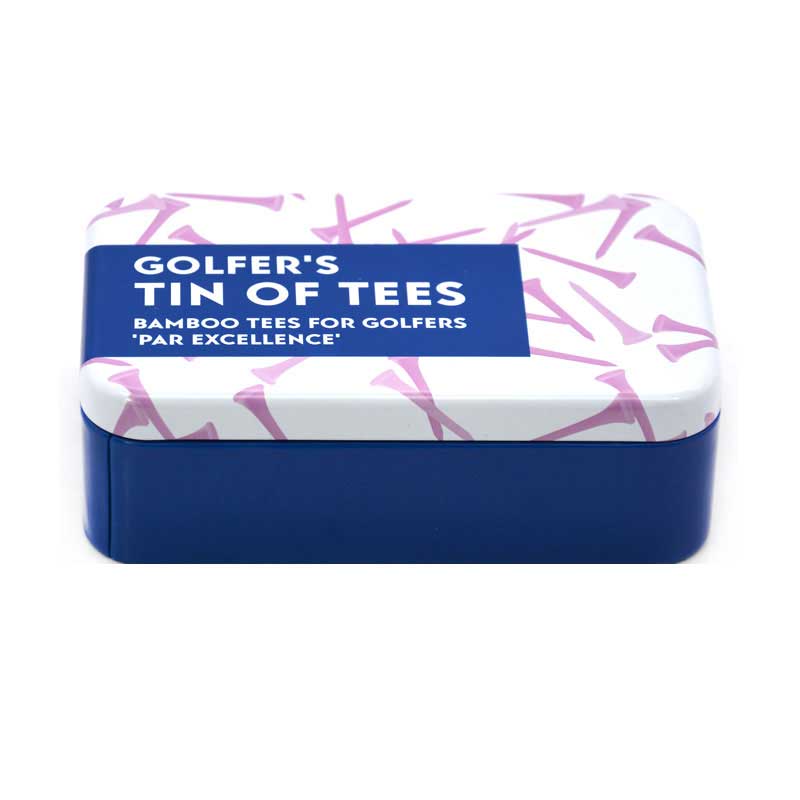
1. Tin box printing process
01. Printing ink layer thickness and ink balance
In the tin box printing process, the control of the ink hue is mainly achieved by controlling the thickness of the ink layer. When the thickness of the ink layer changes about 0.1μm, it will cause a color difference of △E=1.5~4.5NBS. Obviously, this influence is great. The ink color reproduction of offset printing is closely related to the balance of ink and water. In the case of the same amount of ink, large water and small water will affect the color depth. It is very important to correctly grasp the balance of ink and water, and pay special attention to the PH value of the wetting fluid. The principle of water consumption is to use the smallest possible water supply if it is not dirty.
02. Pressure control during tin box printing
The size of the printing pressure has a great influence on the degree of ink transfer from the printing plate to the tinplate. When the printing pressure is insufficient, the ink transfer is insufficient, which is not suitable for printing; when the printing pressure is too high, due to the printing The ink spreads to the blank part of the image and text, and the ink transfer rate is not improved, but it also brings other disadvantages, which is also not suitable for printing. Only in the proper printing pressure range, can the printing effect of thick ink layer, clear image, rich gradation and good color reproducibility be printed.
03. Printing speed of tin box
The increase in the printing speed of the tin box will shorten the contact time between the printing surfaces, the dots will become empty, the ink transfer rate will decrease, and the printing quality will decrease. In order to ensure the full contact of the printed surface of the tin box and improve the printing quality, it is required to control the printing speed under a certain printing pressure to obtain a stable ink layer thickness.
04. Density difference after tin box printing and drying
The same tinplate has a higher density just after printing, and the density value of the sample after a period of time will decrease as the drying smoothness of the ink decreases. Because the density of the ink layer is different before and after drying, the color tone of the printed image is also different.
In the printed product that has just been printed, the ink is still in the wet state, and there is a difference between it and the dry state. This is because the ink layer just printed has a certain level of leveling, so the surface reflection is mainly mirror reflection, which looks bright in color and good gloss. When the ink layer is in a dry state, the surface reflection is dominated by diffuse reflection, and the color is naturally duller than when it is just printed. Therefore, the ink color of the general printing sample is slightly darker than that of the standard sample. However, the depth of the ink should be controlled by data. When proofing, measure the density value of each color just printed. When printing, refer to these density values to print. The ink colors of the readers are close to the same. The densitometer with polarized color filter can eliminate the light generated by the specular reflection on the surface of the ink layer. The measured wet color density is very close to the dry color density, and the measured density value is not affected by the dry and wet ink layer.
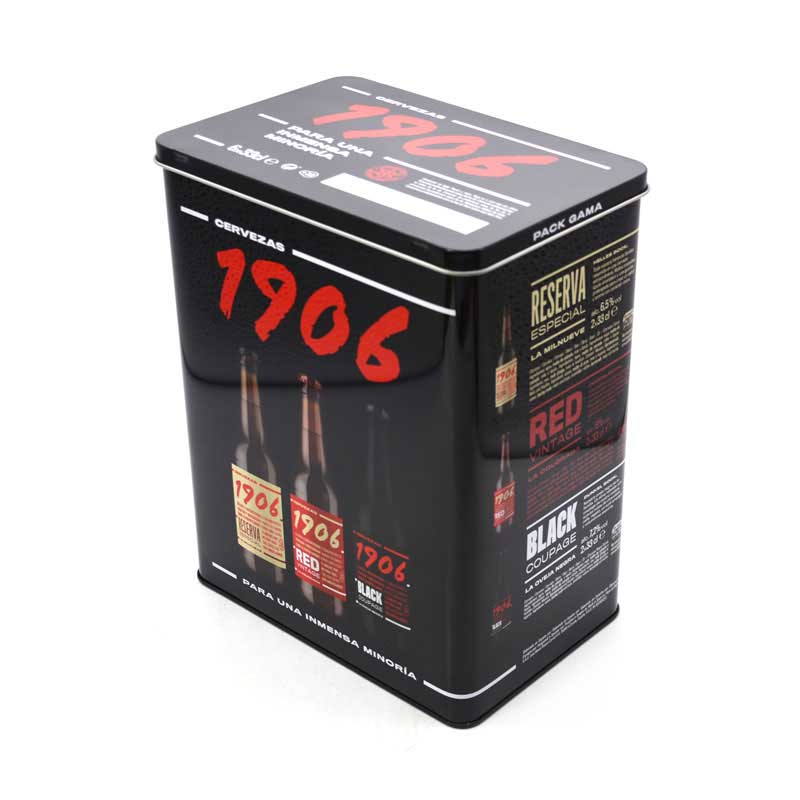
2, the surface treatment process of the printed tin box
The surface treatment of the printed tin box is to perform appropriate processing on the surface of the printed tin box to improve the light resistance, heat resistance, water resistance, abrasion resistance, folding resistance, and chemical resistance of the printed tin box surface; increase the gloss and art of the printed matter Sense; play a role in protecting and beautifying printed tin boxes, and improve the value of printed tin boxes.
The surface finishing methods of packaging products mainly include glazing (printing varnish, coating cover varnish, matte, UV varnish, water-based varnish, etc.), waxing, and laminating (bright film, matte film) , Bump embossing, bronzing, etc. After the printed matter undergoes these surface treatments, there will be varying degrees of hue and saturation changes, that is, differences in density. These changes can be divided into physical changes and chemical changes. The physical changes are mainly reflected in the increased specular reflection and diffuse reflection capabilities of the product surface. Generally speaking, the color density increases when the gloss film is coated, varnish and UV varnish are applied; when the matte film is coated, the color density decreases. The chemical changes mainly come from the organic solvents contained in the film glue, water-based varnish, and UV varnish, which will combine with the ink particles on the printed matter to change the color of the ink layer.
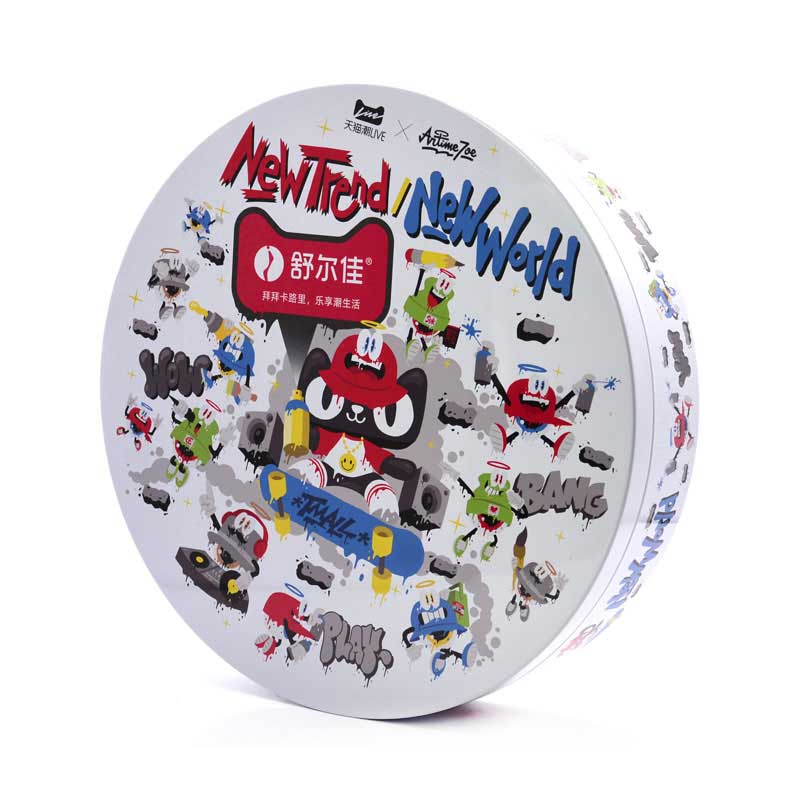
3. Printing materials
01 Cleanliness of tinplate
The factors that affect the cleanliness of tinplate are:
① The whiteness of raw materials: the most important influencing factor.
② Dyestuffs: The dye should be selected so that it is near the main wavelength for measuring the cleanliness of the tinplate, and does not affect its reflectivity, that is, it does not affect the cleanliness of the tinplate.
③ Packing: depends on its type and grade.
④ Coating: The whiteness of coated printing paper is determined by the whiteness of the base paper, the whiteness of the coating, and the amount of coating.
Tinplates with different cleanliness and tinplates with a certain color (if any are yellowish) have different effects on the color of the printing ink layer. Therefore, in actual production, the tinplate cleanliness should be selected as much as possible to reduce the impact of the tinplate cleanliness on the printing color.
02 Smoothness and gloss of tinplate boxes
From the perspective of the impact on the quality of the printed tin box, there is a very direct relationship between the gloss of the tinplate and the gloss of the printed tin box. No matter what type of ink, the gloss of the printed tin box follows the tinplate. The increase in glossiness itself increases. The glossiness of tinplate is directly related to the efficiency of inking. A tinplate with a higher glossiness can obtain a higher printing density than a tinplate with a lower glossiness at the same ink film thickness. Therefore, there is a close correlation between the gloss of the printed tin box and the gloss of the tinplate itself.
03 Ink acceptance and absorption performance of tin box
Ink receptivity refers to the ability of the surface of the tin box to receive the transferred ink at the instant of imprinting on the printing machine during the printing process. It is closely related to the three aspects of the performance of the tin box: the ability of the tin box surface to accept printing ink wetting; the ability of the tin box surface to absorb certain ink components; the ability of the tin box surface to fix and retain a uniform ink film. The ink absorption performance of the tin box occurs during a long period of time from the contact of the ink with the tin box to the complete solidification in the tin box. It is related to the absorption of the low viscosity components in the ink by the tin box and the orientation of some components in the ink. Permeation in the paper is related.
The pressure of the printing machine, printing time, ink viscosity, and tinplate radius will all affect the ink absorption capacity of the tin box. When the same ink is printed on tin boxes with different absorbency under the same conditions, there will be different printing densities. The surface of the tin box has a pore structure formed by anisotropic, multi-phase and complex structural elements. In order to obtain a good uniformity and smoothness of the tin box, it is generally necessary to coat different thicknesses of paint on the surface of the paper. The nature and thickness of the coating determine the ink absorption capacity of the tin box surface. The absorption capacity is different, resulting in a difference in the color of the printing ink layer.
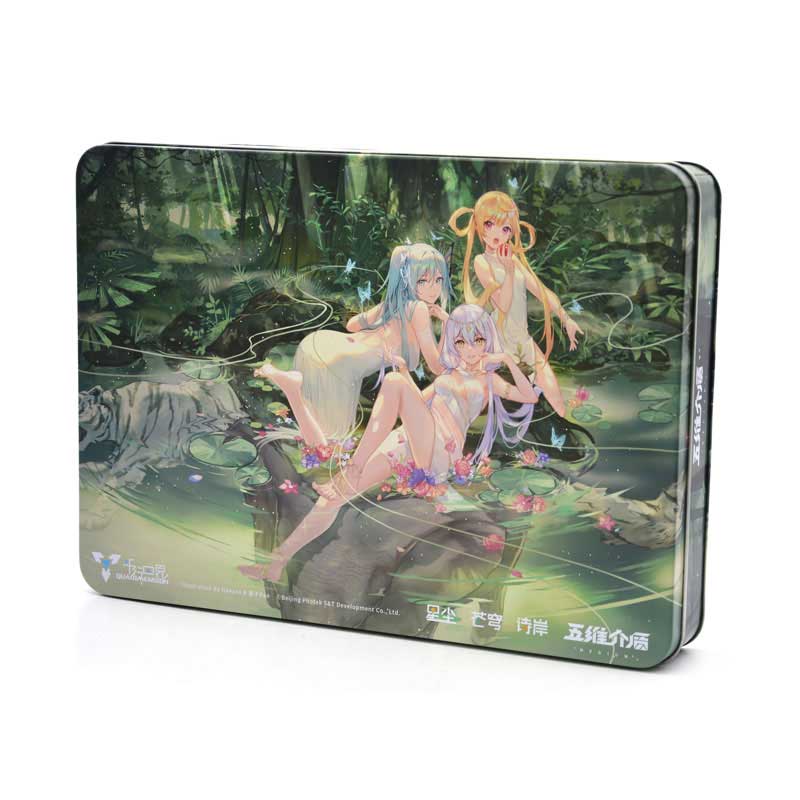
4, the nature of tin box printing ink
The final effect of the printed tin box is closely related to the physical and chemical properties of the ink. The components of the ink determine the properties of the ink:
01 The size of the pigment particles and the degree of dispersion
Although the role of the ink film capillary is an important factor in forming the gloss of the printed tin box, the apparent size of the pigment particles in the dispersed state is more important, which directly determines the state of the ink film capillary. Therefore, the pigment particles are small and well dispersed, which is conducive to the formation of a smooth ink film, and is also very beneficial for improving the gloss of printed products.
02 The viscosity of the binder and the content of the pigment
According to the principle of interface chemistry, the penetration rate is inversely related to the viscosity of the liquid, that is, the penetration rate decreases as the viscosity increases. The capillary network structure formed between ink and pigment particles is an important aspect that determines the gloss of the printed tin box. At the moment of embossing, the ink is pressed into the larger pores of the paper as a whole; after embossing, the binder begins to separate from the ink and penetrates into the smaller pores of the paper. Therefore, the size of the ink film capillary determines the amount of separation of the connecting material. The capillary retains the connecting material more than the printing pressure to press the connecting material into the tin box.
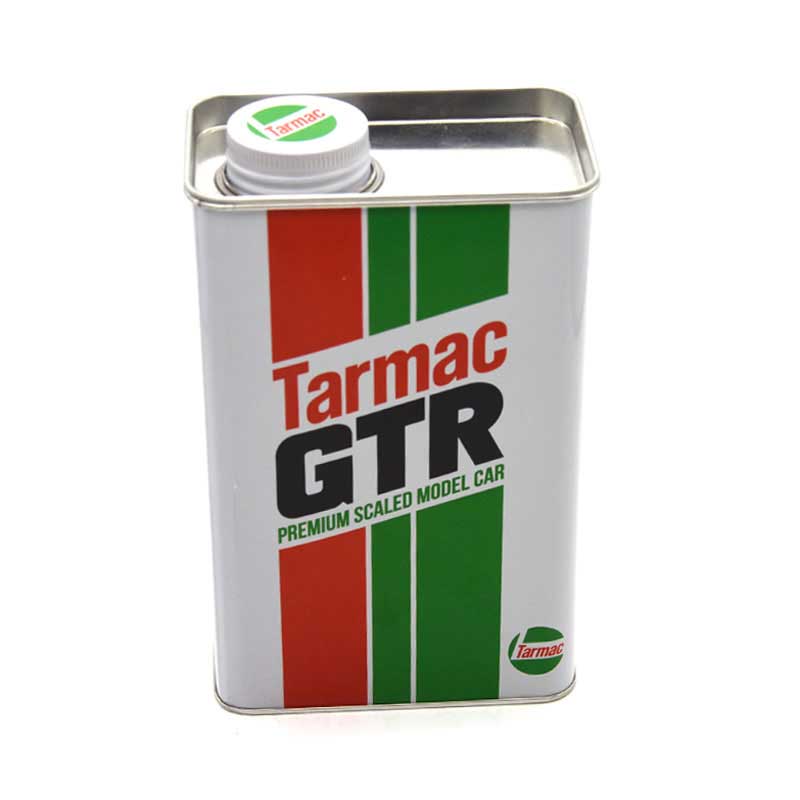
The ink film dries quickly in the tin box to reduce the amount of connection material on the surface of the tin box, thereby improving the gloss and smoothness of the ink film. The high gloss of the ink film means that the degree of specular reflection on the surface is relatively high, so that in most cases the human eye can see that the white light reflected on the surface is much less than that of the low gloss ink film, making the color saturation more High, so high gloss prints look more colorful and fuller. Most of the printing ink layers of spot color inks are semi-transparent or opaque. When choosing the ink formula, the influence of the light transmittance of the ink layer on the spot color printing should also be considered according to the actual situation.
The above is the reason for the color difference of the tin box printing spot color ink shared by the tin box company. There are many factors that produce the color difference of the spot color ink printing, but the main ones are: the performance of the material, the nature of the ink, the printing conditions, and the surface of the printed tin box. Finishing, these factors will affect the color reproduction in the spot color printing process.


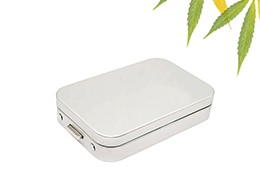
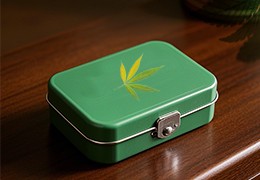

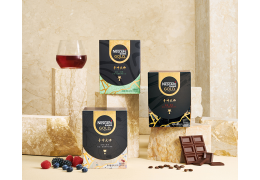
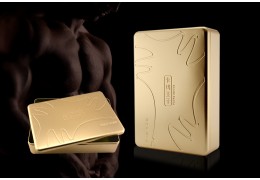

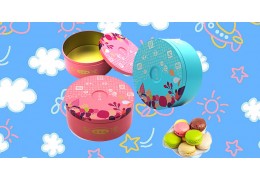
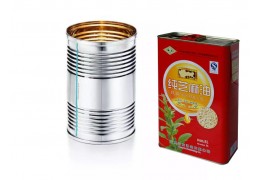



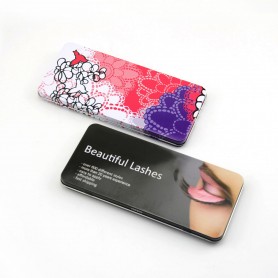
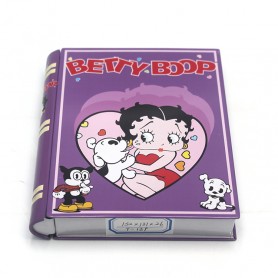
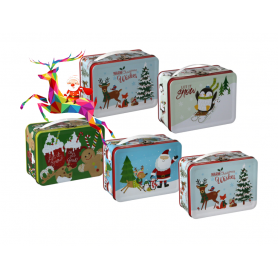
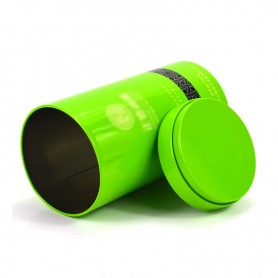

Últimos comentarios